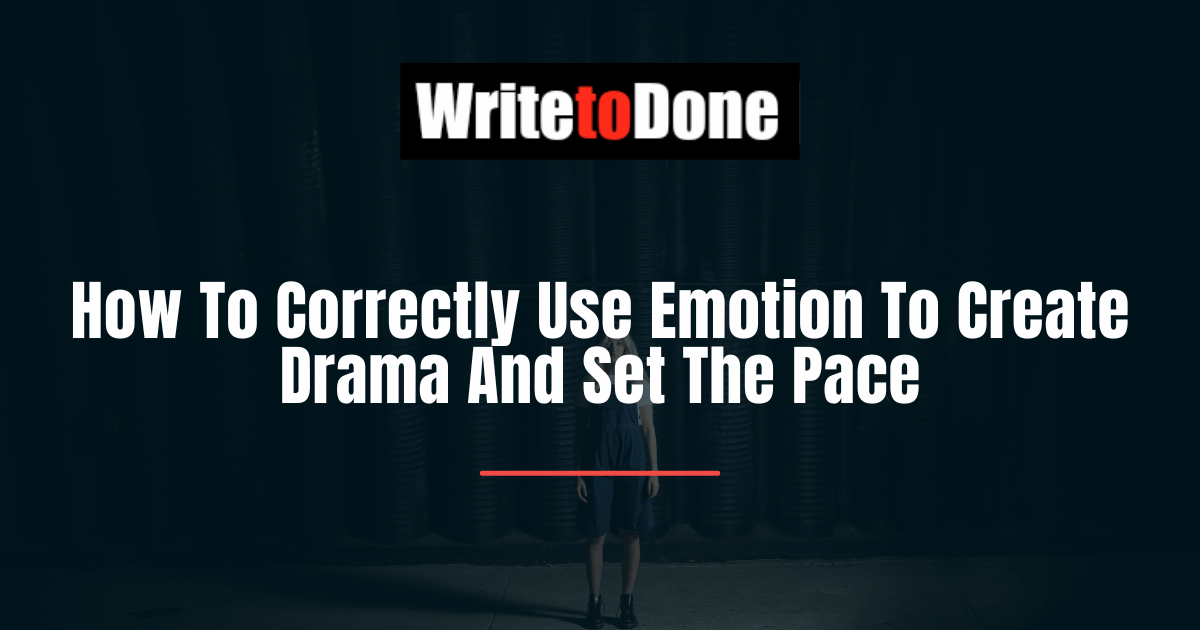I raced madly.
I raced madly, but I didn’t care.
I raced madly, but I was too excited.
I raced madly, but something was gnawing inside of me. Something was about to go wrong.
I raced madly, but I couldn’t shake the depression.
What’s the difference between the first line and all the others?
Yes, the first line is shorter. But it also lacks emotion.
And while facts give the um, facts, they don’t tell us how you feel.
In any given situation, ten people getting the same bowl of soup will respond in ten incredibly different ways.
I saw the bowl of soup and my heart sank.
I saw the bowl of soup and it flooded me with happy childhood memories.
I saw the bowl of soup and I was surprised how hungry I felt.
I saw the bowl of soup, but a feeling of hesitancy crept into my being.
I saw the bowl of soup, and immediately felt overwhelmed.
You get it, don’t you?
The bowl of soup isn’t what the brain is searching for in the story.
The brain is searching for the expression on your face. This search is embedded in who we are as human beings.
When my niece Keira (she’s three, almost four years old) hears her mother shout at her, she almost always scans her mother’s face instantly.
She’s trying to read her mother’s face to see:
Is she annoyed?
Is she angry?
Is she frustrated?
Is she furious?
Is she about to go bananas in a second?
The reader of your article needs to know what Keira can see.
They need to know not just what the event was all about, but why it was important.
And how it was important.
And the biggest clue comes from the emotion that follows the statement. Or the emotion that precedes the statement.
A few examples…
When the emotion follows the statement:
Example 1: There she was, the girl I so cared for. And yet, there was a sense of disgust.
Example 2: There she was, the girl I so cared for, and my heart lit up like the fourth of July.
Example 3: There she was, the girl I so cared for. And then she was gone. I was frantic.
Or you can create the scene using emotion as a precursor:
Example 1: Little did I know that I would be disgusted. After all, this was the girl I cared for very deeply.
Example 2: I wasn’t expecting the sudden burst of happiness on this gloomy day. But as I rounded the corner, there she was—the girl I cared for very deeply.
Example 3: There was nothing to suggest that I’d be frantic in a second. Because right in front of me was the girl I cared for.
The emotion sets the scene.
The event itself is just an event. What makes it burst into flame is the emotion that surges through our system as a result of experiencing that event.
And then of course, we can choose to bring in the emotion earlier, or let in hang a bit behind and then whiplash the event with its suddenness.
But you can overdo the emotion.
Emotions provide the roller coaster that lead the reader through your writing. And especially so, when you’re telling a story.
Sadness and depression tend to linger longer, so it’s okay to keep the emotions going for a little while.
Other emotions like surprise and fear can be fleeting; speeding through faster than a bullet.
But you can’t keep going on and on, line after line, with emotions.
The way to use emotion correctly is to bring it in and let the reader feel the happiness, sadness, disgust etc.
And then move on.
You set the pace.
And you set it with emotions.
Because ten people can drink soup.
And every one of those folks feel totally differently about the soup.
A soup is a soup is a soup.
Until you add a dash of emotion. Maybe two dashes. You decide 🙂
How have you used emotion successfully to create drama and set the pace? Do share in the comments!
















